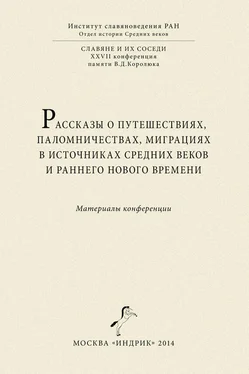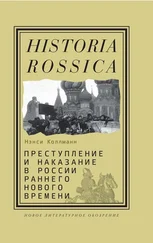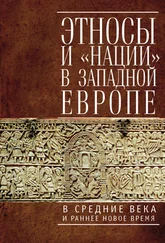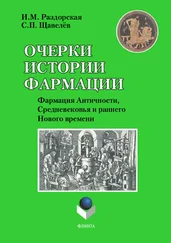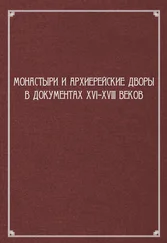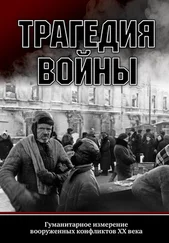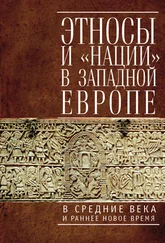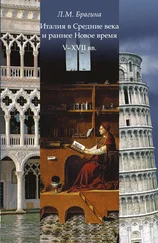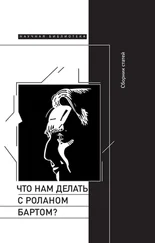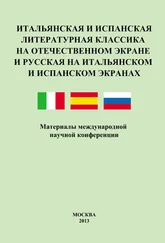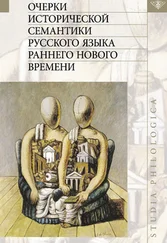3 Оригинал и перевод записок Варкоча о поездке 1593 г. опубликован А.Шемякиным: Описание путешествия в Москву Николая Варкоча, посла римского императора с 22 июля 1593 года // Чтения императорского Общества истории и древностей Российских. Москва, 1874. № 4. О поездке 1589 см. публикацию Л.П.Лаптевой: Донесение австрийского посла о поездке в Москву в 1589 году // Вопросы истории. Москва, 1978. № 6.
4 Оригинал на итал. языке и русский перевод: Записка Юрия Крижанича о миссии в Москву 1641 г. / Предисл. и примеч. П.Пирлинга. Москва, 1901.
5 Об этой связи: Trstenjak Т. Aleksandar Komulovic kao moguci uzor Ju-rju Krizanicu u politici і crkvenom jedinstvu // Zbornik Zavoda za povijesne znanosti. V. 14. Zagreb, 1986. S.285–302.
Reports of Medieval Travellers in the Kingdom of Hungary
János M. Bak
(Central European University, Budapest)
Stretching somewhat the subject, one could start with the visit of Priskos rhetor (of Panium) to the court of Attila the Hun, in 448/9, who described the court and the powerful ruler, “the Scourge of God,” in some detail. The location may have been what came to be Buda or Esztergom. It is his report that presents Attila as a generous host but a modest person himself:
When all were arranged in order a cupbearer approached and offered Attila an ivy-wood cup of wine. He took it and saluted the first in rank, and the one honored by the greeting stood up. It was not right for him to sit down until the king had either tasted the wine or drunk it up and had given the cup back to the cupbearer. All those present honored him in the same way as he remained seated, taking the cups and, after a salutation, tasting them. Each guest had his own cupbearer who had to come forward in order when Attilas cupbearer retired. After the second man had been honored and the others in order, Attila greeted us also with the same ritual according to the order of the seats. When everyone had been honored by this salutation the cupbearers went out, and tables for three or four or more men were set up next to that of Attila. From these each was able to partake of the things placed on his plate without leaving the original arrangement of chairs. Attila s servant was the first to enter, bearing a platter full of meat, and then the servants who waited on the rest placed bread and viands on the tables. While sumptuous food had been prepared – served on silver plates— for the other barbarians and for us; for Attila there was nothing but meat on a wooden trencher. He showed himself temperate in all other ways too, for gold and silver goblets were offered to the men at the feast, but his mug was of wood. His dress too was plain, having care for nothing other than to be clean, nor was the sword by his side, nor the clasps of his barbarian boots, nor the bridle of his horse, like those of other Scythians, adorned with gold or gems or anything of high price. 1
The information of Priskos on the region was used then by several later authors, including Constanine Porphyrogenitus. There must have been other Byzantine travelers in the region, but no detailed account is known.
In the central Middle Ages, the travelers across Hungary and its neighbors on the Balkans came to the region mostly on their way to the Holy Land, as pilgrims or crusaders. After the foundation of the kingdom, King (St.) Stephen I, opened the pilgrimage route in 1018, with a major station at Alba Regia, one of the royal residences. Bishop (St.) Gerard, a Venetian, came to the country on his way to Jerusalem, but was, as is well known, detained by the king and made bishop of a newly conquered area in the southeast of the kingdom. It is not quite clear from the Vita of the saint, how he ended up in Pecs/Quinqueecclesiis, having been originally sailing down the Adriatic Sea, but landing in Zadar, whence (apparently on the counsel of an abbot) he travelled to the Danube, planning to sail down the river. While he did not write a travelogue, the legend records his travels in Hungary and his having witnessed a servant girl singing “the symphony of the Magyars,” an oft-quoted evidence for the people’s musical history. 2
In 1054, St Lietbert of Cambrai and (according to tradition) three thousand pilgrims crossed Hungary and the Balkans. His monk Rudolf recorded that they were suspected by the king of “the Huns” and ordered to appear before him. But he, seeing the holy bishop and his energy travelling so far, not only allowed them to cross, but also gave them guides “as they did no know the road earlier ”(Thus, the pilgrimage route seems to have been not yet widely popular.) The pilgrims were called the “Host of God.” Later, they encountered some wild Barbarians in Bulgaria, riding half naked on wild horses “with ribbons on their head.” The bishop was prepared to suffer martyrdom at their hands, but they were moved by the saint’s appearance and so they reached Greek land without trouble. 3
Hundred years later, Otto of Freising described Hungary, which he crossed with the German Crusaders of Emperor Conrad in 1147. 4He is the first Western traveler, who observed the country and its government in some detail. Otto records that the Hungarians have few stone or even wooden buildings and live during the summer in tents. The king’s power is supreme and he compares it with the conditions in the Empire, where the great men of the realm have considerable might. In Hungary, so he observed, the lords come to the king, have to bring their own chairs with them (!?) into the council – which they hold for every important decision – but have to obey the ruler unconditionally. The king is also the supreme judge and (so Otto) it is not that the peers have a say in court. Very important is his observation about the armed forces: there are many foreigners trained in knightly warfare, but the Magyars have crude weapons and are learning refined fighting from the guests. (This fits well with what we know about the advena clans listed in the chronicles.) 5Otto knew about the system of counties – his number 70 of them is a unique information about the age – and the office of the comites.
Several other Crusaders’ chronicles mention briefly their trip across the Carpathian Basin, but none of them goes into such details as Otto. Odo of Deuil (1117) and others, usually note only the difficulties of the terrain and the rivers. Odo – who crossed Hungary in 15 days – writes that except the Danube, the country and its rivers are marshy and flood lands. Only the banks of the Drava are steep and thus less flooded, but difficult to cross. Moreover, “the Danube carries the treasures of many lands to Esztergom.” He also added that “the country produces so much good food that it is said the Julius Caesar’s commissioners were in it.” 6The priest Ansbert (1189) also recorded that King Bela Ill’s residence was in Esztergom, that the king and his royal guests (Fredrick Barbarossa and his lords) went for a hunt on the Great Island (Csepel Island) and that they visited Old Buda. He also complained that they were cheated in the exchange of their Cologne marks – giving valuable information on twelfth-century coinage in Hungary. Ansbert added that they had a peaceful crossing of Hungary and were not, as elsewhere, attacked by dangerous insects or snakes.' These brief references and a few similar ones are all helpful in the reconstruction of royal itineraries and economic or social conditions of the age. 8
Читать дальше
Конец ознакомительного отрывка
Купить книгу
